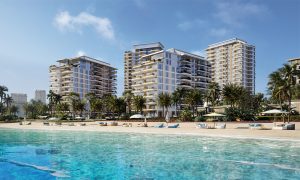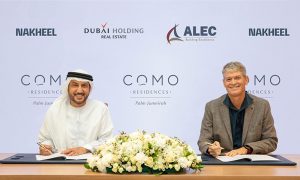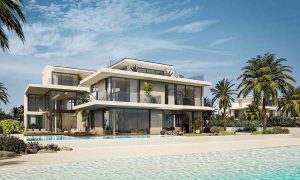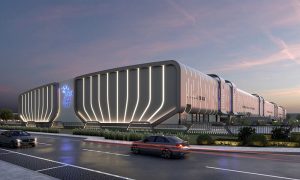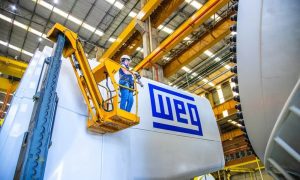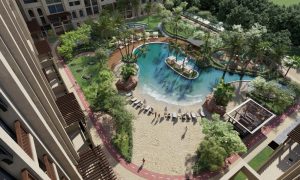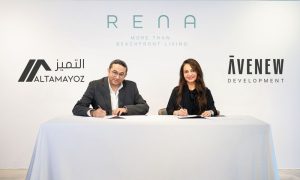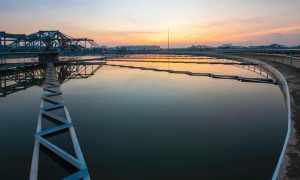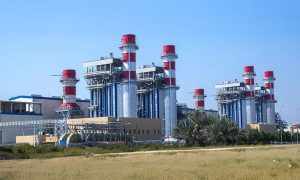Investors flock to Abu Dhabi
HC Securities and Investment’s MENA real estate analyst Majed Azzam comments on the impact of Nakheel’s recent restructuring on Abu Dhabi’s property market as some investors migrate from Dubai to the capital
Liquidity concerns which triggered recent sell-off are unjustified, particularly in the case of Abu Dhabi given its strong fundamentals and government backing.
The sector fundamentals in Abu Dhabi remain solid with exceptionally-high rental yields (circa (c) 10%) and an acute shortage in all segments, expected to persist until around 2013 (as stated in our Property Beat report published on November 2, 2009). Furthermore, the Abu Dhabi Government is well placed to provide support given its large reserves estimated at US $800billion. We see current valuations as bargain buying opportunities.
However, Nakheel’s restructuring is bound to lead to further project delays and cancellations, which is supportive of sector dynamics in both Dubai and Abu Dhabi. Given their proximity, the two property markets are highly correlated, with excess demand in Abu Dhabi being absorbed by vacancies in Dubai.
The spill over has weighed down on prices in Abu Dhabi forcing developers to delay or consolidate projects and offer discounts, which raised questions about the viability of its future projects. Since Nakheel controls around 50% of forthcoming supply in Dubai, we feel that its restructuring is likely to be supportive of pricing in both emirates going forward. Our preferred player is Aldar, largely on valuation (trading at 0.75 x 2009 estimated book value (BV) and 0.3 x net asset value (NAV) versus Sorouh at 1.0 x 2009e BV and 0.45 x NAV), despite high gearing.
Although the Dubai debt situation has renewed global liquidity concerns, given Aldar’s strong government ties, we believe that its strategy of maintaining price levels by gearing up its balance sheet is likely to prove value accretive.
Conversely, Sorouh’s sales-based strategy has helped maintain its strong liquidity position, but at the cost of significant price appreciation and has resulted in rapid depletion of its most prime land bank, with little build-up of investment assets. Also, its decision to consolidate projects and offer discounts is likely to protect its cash flows, but is likely to lead to margin compression going forward.
We initiate on Aldar and Sorouh with a buy recommendation and target prices of AED 6.2 (US $1.7) and AED 3.2 ($0.9) per share. We value real estate companies using a combination of discounted cash flow (DCF) and land valuation. Where a final master plan is available, we use a DCF; otherwise, we use land valuation only. To be conservative, at this stage we exclude future projects from our model until further clarity.
For Aldar, we exclude Al Raha Beach phase two, Yas Island phase two and Motor World, whereas for Sorouh, we exclude Lulu Island and Sheih Al Sedira. We value Aldar and Sorouh at a 56% and 42% discount to their estimated 2009 NAV of AED14.2 ($3.0) and AED5.5 ($1.5) per share. The sector fundamentals in Abu Dhabi remain solid with exceptionally high rental yields of around 10% and an acute shortage in all segments.
This situation is expected to persist up until 2013. Also, the higher affordability in Abu Dhabi versus the other emirates means that prices have further room for appreciation.
Financial developments in Dubai have led to more interest in the potential of Abu Dhabi’s property scene, reinforced by the recent opening of key developments such as the first Aloft hotel in the emirate. So Abu Dhabi is in a strategic position, where it is absorbing migrating property investors from Dubai while staying ahead of other emirates in terms of property projects.
